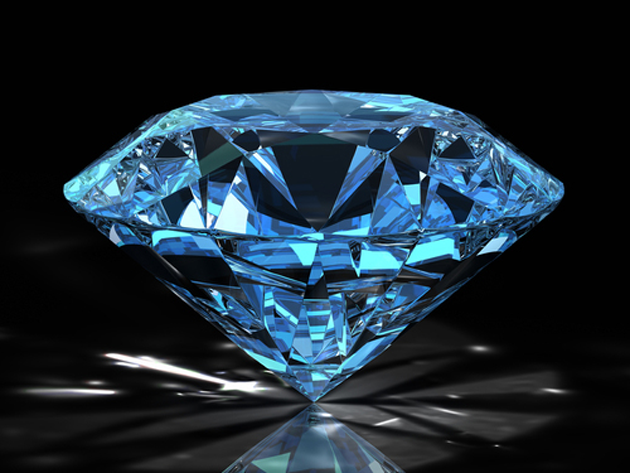Table of Contents
Introduction: Unveiling the Mysteries of Diamante Naturales
So, you’ve heard about diamante naturales, those alluring natural diamonds that seem to promise both beauty and investment potential. But hold your horses! Before diving headfirst into the world of diamante naturales, let’s unravel the truth behind these gems and whether they’re truly worth the investment.
What are Diamante Naturales?
First things first, what exactly are diamante naturales? Well, they’re natural diamonds, formed deep within the Earth’s crust over millions of years under immense pressure and heat. Unlike lab-grown diamonds, which are created in controlled environments, diamante naturales are the real deal, mined from the earth’s surface or extracted from deep underground.
The Allure of Diamante Naturales: Beauty Beyond Measure
There’s no denying the captivating allure of diamante naturales. Each diamond is unique, boasting its own distinct characteristics in terms of color, clarity, cut, and carat weight. From dazzling white diamonds to mesmerizing fancy colored ones, there’s a diamante natural for every taste and preference. Their natural beauty is unparalleled, symbolizing luxury, elegance, and everlasting love.
The Investment Potential: A Closer Look
Now, let’s address the elephant in the room: are diamante naturales a wise investment? Well, it’s a bit of a mixed bag. On one hand, diamonds have historically been considered a safe haven investment, retaining their value over time and even appreciating in certain cases. However, diamante naturales mala inversion is notoriously complex and can be influenced by various factors such as supply and demand dynamics, economic conditions, and changing consumer preferences.
Understanding the Four Cs: Crucial Factors in Diamond Investing
When it comes to evaluating the investment potential of diamante naturales, the four Cs – color, clarity, cut, and carat weight – play a pivotal role. These factors not only determine the beauty and quality of a diamond but also impact its market value. Let’s break them down:
1. Color: The Spectrum of Brilliance
- The color of a diamond is graded on a scale ranging from D (colorless) to Z (light yellow or brown). Colorless diamonds are highly valued for their rarity and purity, commanding higher prices in the market.
2. Clarity: The Quest for Perfection
- Clarity refers to the presence of internal flaws (inclusions) or external blemishes (blemishes) within a diamond. Diamonds with minimal inclusions and blemishes are considered more valuable due to their rarity and visual appeal.
3. Cut: The Art of Brilliance
- The cut of a diamond determines its brilliance, fire, and overall visual appeal. Well-cut diamonds exhibit maximum sparkle and brightness, enhancing their beauty and value. It’s crucial to invest in diamonds with excellent or ideal cuts for optimal performance and resale value.
4. Carat Weight: Size Matters
- Carat weight refers to the weight of a lab grown diamonds, with one carat equal to 0.2 grams. While larger diamonds generally command higher prices, carat weight alone doesn’t dictate a diamond’s value. It’s essential to consider the interplay of carat weight with color, clarity, and cut to determine a diamond’s true worth.
Potential Pitfalls: Challenges in Diamond Investing
Before jumping into the diamond market, it’s essential to be aware of the potential pitfalls and challenges associated with diamond investing. These include:
1. Market Volatility: Rollercoaster Ride Ahead
- The diamond market can be highly volatile, with prices subject to fluctuations based on various factors such as economic conditions, geopolitical events, and shifts in consumer demand. Investors must be prepared for potential ups and downs in the market.
2. Lack of Liquidity: Diamond Dilemma
- Unlike stocks or bonds, diamonds are illiquid assets, meaning they cannot be easily bought or sold on the open market. Liquidating diamonds can be a cumbersome and time-consuming process, requiring specialized knowledge and expertise.
3. Counterfeit Concerns: Beware of Fakes
- The diamond industry is plagued by counterfeit and synthetic diamonds, posing a significant risk to investors. It’s crucial to verify the authenticity and provenance of diamante naturales through reputable gemological laboratories and certifications.
Conclusion: Navigating the Maze of Diamante Naturales
In conclusion, diamante naturales can be both a captivating luxury and a potentially lucrative investment. However, navigating the maze of the diamond market requires careful consideration, diligence, and informed decision-making. By understanding the intricacies of diamond investing, including the four Cs and potential pitfalls, investors can make educated choices and unlock the true brilliance of diamante naturales.
So, are diamante naturales a bad investment? Well, it ultimately depends on various factors, including individual preferences, market conditions, and investment goals. One thing’s for sure – with the right knowledge and mindset, diamante naturales have the potential to shine bright like a diamond in your investment portfolio.

